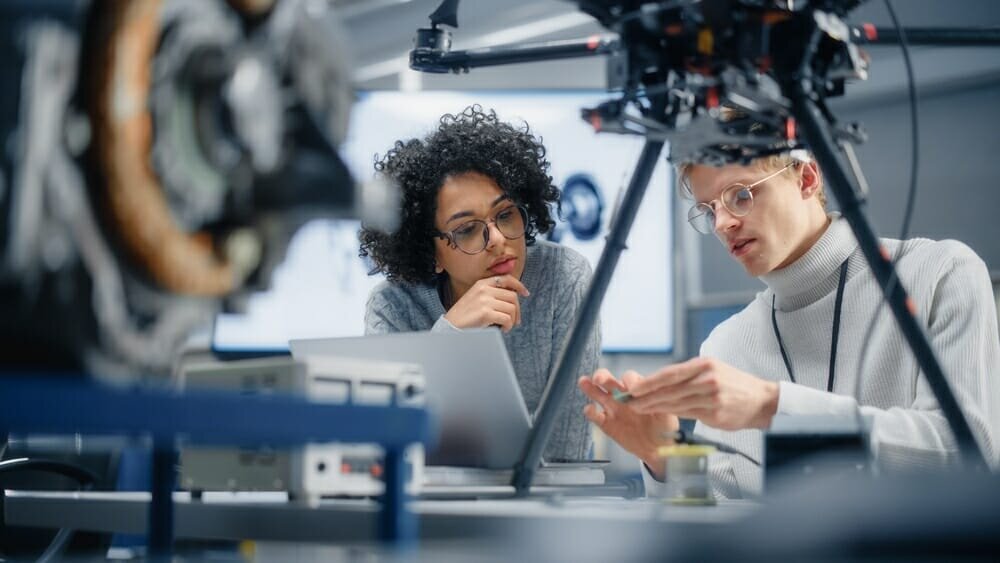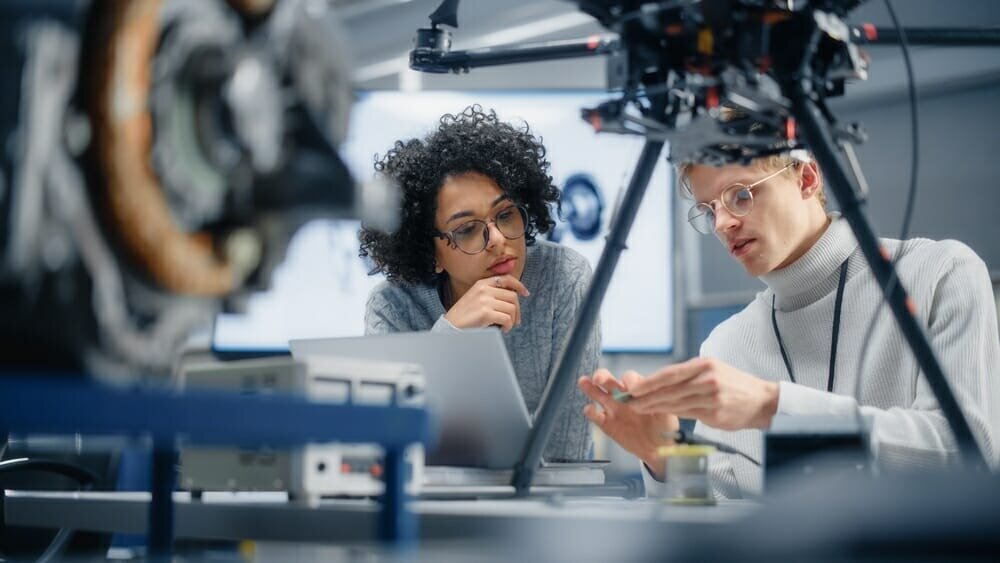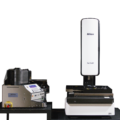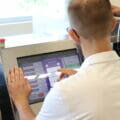According to a University of Cambridge article on Where and how 3D printing is used in teaching and education, additive manufacturing (AM) in tertiary education is most popular in universities, where it encourages project-based learning and experimentation. With barriers to the AM market lowering, more universities are now embracing this technology. For those that haven’t, Colin Cater, metal specialist at Tri-Tech 3D, UK provider of Stratasys, One-Click Metal and XJet 3D printing solutions, explains how universities can get the most out of metal AM and how students can apply the skills learnt from using this technology.
When first investing in AM, many universities choose low-cost entry-level systems. Departments typically want to experiment with a functional machine that can deliver results at a fraction of the cost of large-scale industrial systems. However, the best machine to purchase depends on the department’s current and expected future projects, and the accuracy, materials and performance needed to complete them. AM is a considerable investment, and futureproofing it is key — a smaller system may need an upgrade in the next few years at an added cost. Many 3D printer providers offer leasing to make implementing larger systems more economical.
Once installed, academic uses range from printing jewellery and watch parts to components for medical research. The Warwick Manufacturing Group (WMG), which is based at the University of Warwick, installed a desktop metal AM system so that it could develop new products for small businesses at low cost and low risk.
For universities that are yet to invest in AM, making an informed decision can significantly enhance the teaching and learning experience, setting students up for success.
Safety first
When installing a machine that will be used by students and young people, safety is critical. One of the main concerns we hear is around the safety of powder handling with metal 3D printing, due to the hazards associated with reactive powders and the fact that some systems are not designed to limit exposure. Therefore, always select a system that specifies good powder handling and that has a secondary unit, which can recover and sift the powder in a safe, sealed environment.
Newer systems such as the One Click Metal MPRINT provide users with a safe and easy way to remove printed parts from the build chamber and re-sieve any remaining powder so that it can be reused. Some systems also use sealed material cartridges that require minimal personal protective equipment (PPE) for students — just gloves and a mask.

Ease of use
With staff time and classroom space both limited, most universities prefer systems with a small footprint — a more compact option may also produce less energy and material waste.
Ease of use is important too, and your machine provider can direct you to equipment with straightforward displays and programming functions, as well as to the relevant design software. Luckily, most universities have already laid the groundwork for AM. Many engineering departments use Autodesk Fusion 360 or a similar cloud-based computer aided design (CAD) software for designing lattices and other structures for assignments.
Users who are already experienced with Autodesk Fusion 360 can therefore find the transition to using systems such as the MPRINT easy, enabling them to create highly accurate parts without extensive training. Basic knowledge and skills are always needed when operating any machine, but AM systems are increasingly user-friendly, even for additive-naive users.
Skills for life
One of the major benefits of AM technology is its speed. With students able to design and 3D print metal parts the same day, AM enables trainers to give immediate feedback that can improve students’ knowledge and understanding.
The UK has one of the highest university attendance rates globally, and engineering departments must use this training to prepare students for the next step. For companies that have transitioned over to AM for end part production, there is a greater need for incoming staff to understand the additive process, its cost effectiveness and how it can be scaled up beyond prototyping to shop floor production.
Metal AM is becoming a popular option for many universities, and, for those that are yet to transition, there are several things to consider. Safety, usability and how this technology can equip students with the necessary skills for the workplace are essential.
To find out more about 3D printing in education, visit the Tri-Tech 3D website for more information.







